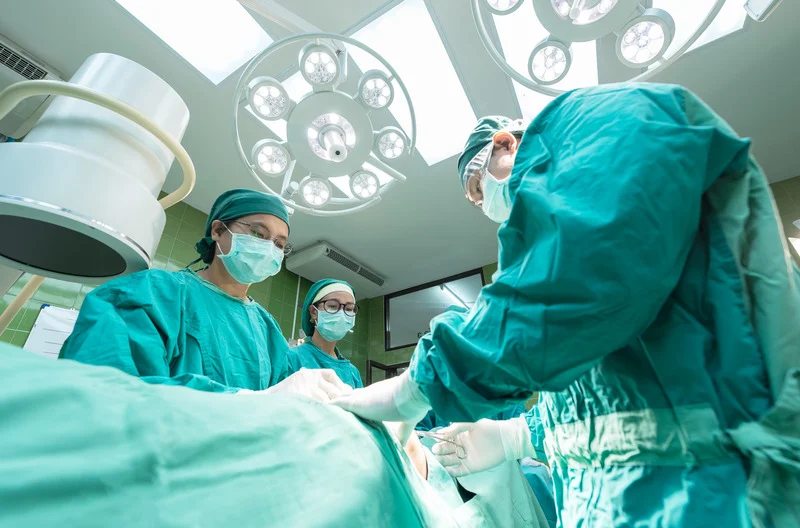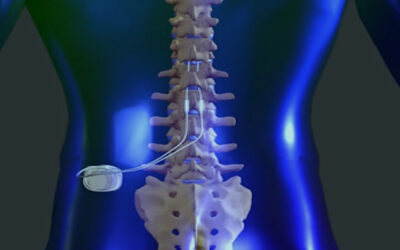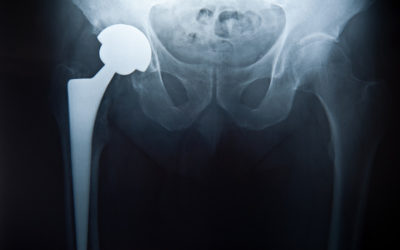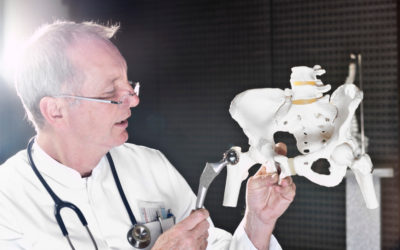1. Get adequate exposure
a. Use the approach you use for THA
b. Visit surgeons and watch their videos
c. Place the acetabular component in THR prior to head resection
d. Thin flexible females with Crowe I dysplasia are the easiest cases
e. Start with a large incision
f. Keys to exposure of the posterior approach:
• Cut capsule 360 degrees every time
• Create adequate superior pocket
2. Correct the Femoral deformity
a. Recognize the deformity and correct it towards normal
• Cam FAI, Dysplasia, LCP
b. Place the center of the prosthetic head over the center of the neck
• Don’t use the patients head as a guide
• Use implant company guides only as an adjunct
• Use a guide that keys off the neck
c. A high pin starting point allows a valgus stem
• Typically 1 cm superior and slt anterior to LT
• A low starting point will result in either a notch or a varus stem
d. Measured resection
• The head neck junction is a variable landmark
• Resect 6mm off the apex and replace it with 6mm of implant
• Lengthen or shorten deformities as needed
3. Place the Acetabular component properly
a. Avoid inclination greater than 60 degrees
• High ion levels and local tissue reactions
• Lower limit of inclination not established
• Intraoperative XR 30-45 degrees
b. Bury anterior superior corner; match the natural anteversion
• Avoid impingement
• Exception: Dysplasia with oblong defect AS
c. Retain anterior inferior bone coverage
• Avoid psoas tendonitis
d. Cup exposed superior posterior is not a problem
e. Ream to the quadrilateral plate
• If you aren’t deep enough you can’t meet the other objectives
f. XR are unreliable
• Highly dependent on positioning
• Impossible to measure anteversion
• We need 3D imaging to get this right




